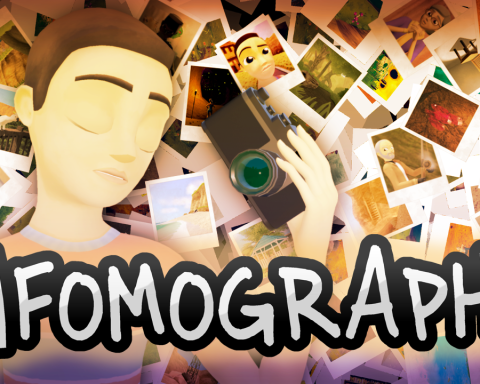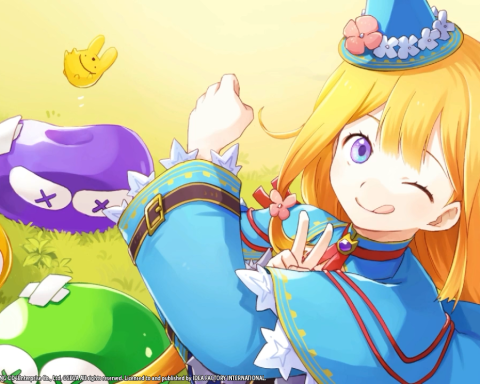JRPG’s (or Japanese role-playing games) are a funny genre. Every game usually has the same storyline and the same characters (or minor variations of either), yet there are very few of these types of games that don’t sell like hotcakes. Final Fantasy is the most recognizable brand of JRPG, but there are plenty of others: Legend of the Dragoon, Dragon Quest, Xenogears, Chrono Cross and Earthbound are examples of JRPG-styled games that were big titles in their own time. Usually these games are found on consoles, with the PlayStation, throughout all its iterations, seeming to have picked up from the NES and SNES in hosting the lion’s share of them.
Sylia is a game based off the JRPG concept of turn-based combat and “random” encounters but comes to us on the PC. It is a typical game with the typical JRPG story and typical game mechanics. It is, by all measures, a typical game. Which of course means it is also riddled with the typical flaws that any typical game comes with.
The game starts typically enough; you are greeted by an epic hero who quickly gathers a party and is immediately tasked with saving the world from an evil presence. The party runs off to the evildoer’s hideout and confronts her, only to be immediately turned to stone along with the rest of the human race.
 |
| That mountain sucks. |
The cutscenes are a bit on the frustrating side as well. Besides the obvious lack of an editor for the script, the text scrolling that appears at the bottom of the screen does nothing to engage the player. The characters seen in cutscenes don’t move about the screen and the dialogue is largely heavy-handed and boring; all in all, the cutscenes are exercises in patience and button-clicking to get by as quickly as possible.









Suckers.
Suckers.